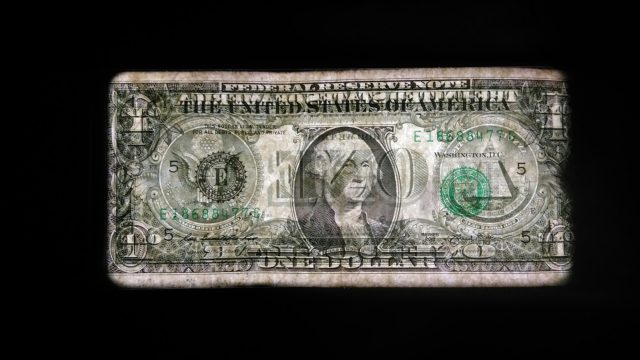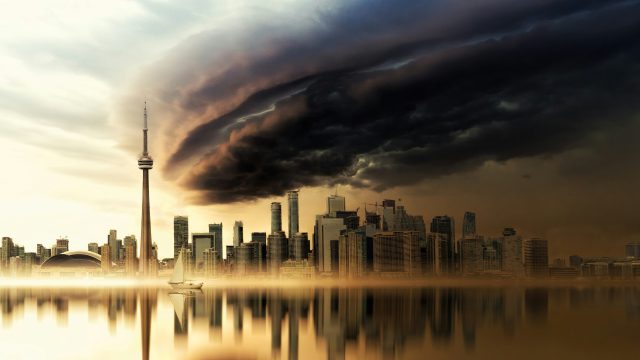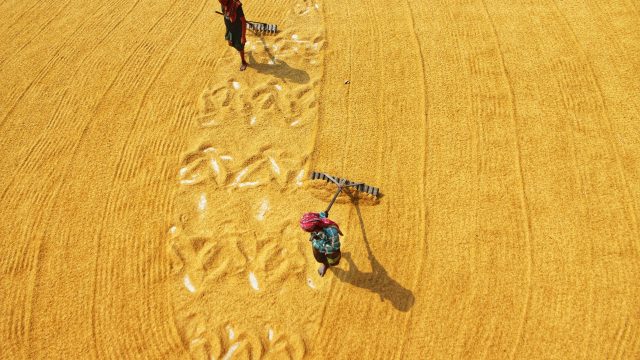Is there still time for a Green Recovery in the Amazon?
Rocked by COVID-19 and under threat from ecological devastation, Brazil urgently needs a new approach to economic development
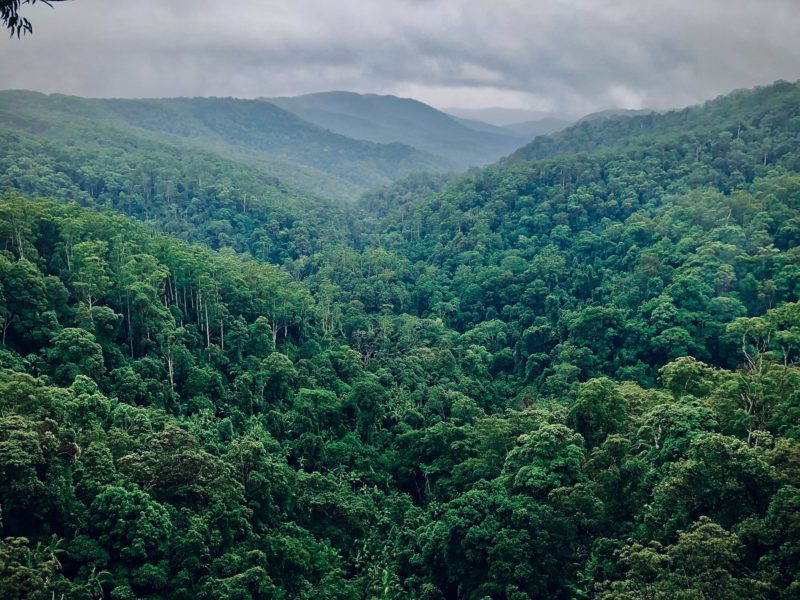
The GEC Insights series is a curated collection of articles at the intersection of environment and economics, each written by leading thinkers from the worlds of business, government and civil society. Part of our Economics for Nature project, they bring together diverse perspectives to answer the question: how can we re-design our economies to protect and restore nature?
Brazil was hit hard by the COVID-19 pandemic, and the Amazon region was one of the hardest hit. Of the more than 600,000 deaths nationally, almost 12% occurred in the Brazilian Amazon, where poverty and a lack of socioeconomic development hampered efforts to fight the outbreak. In January 2021, scenes from Manaus, the Amazonas state capital, filled the global news media, where a shortage of oxygen in hospitals resulted in a tragic spike in deaths.
Amid the pandemic the Amazon also faces other crises, including weakening environmental conservation and dwindling funds for climate protection. As a result, the region faces an unprecedented increase in deforestation, attacks on the rights of indigenous peoples, and the erosion of rules to prevent various environmental crimes.
This is an ecosystem with some of the greatest terrestrial biodiversity on the planet. It provides invaluable ecosystem services, including its influence on the rainfall regimes of other Brazilian regions and climate regulation, both on a local and a global scale. It is also known for cultural diversity that creates a mosaic of indigenous peoples and riverside communities – who still inhabit the region – capable of utilising native products while keeping the forest standing.
The Amazon under threat
However, the modern model of development, begun mainly in the 1960s, built roads and highways into the midst of the rainforest to enable farmers to clear land for arable and cattle production. Today, the consolidation of the agricultural frontier advancing into the forest, is also known as the "arc of deforestation".
“ The region faces an unprecedented increase in deforestation, attacks on the rights of indigenous peoples, and the erosion of rules to prevent various environmental crimes.”
COVID-19 has enabled us to connect these two emerging crises and reflect on how response to the pandemic should consider environmental issues in order to contribute to a green recovery. The Amazon is particularly relevant to the debate since it is the largest contiguous area of tropical forest and one that most severely suffered the COVID-19 impacts in Brazil.
A new study conducted by the Amazon Green Economy HUB (FAS/GEC), in partnership with the Green Economy Coalition (GEC) and the International Institute for Environment and Development (IIED), sought to assess how natural capital in the Amazon was impacted by the actions implemented through COVID-19 economic stimulus measures, and make recommendations where needed to strengthen environmental governance now and in the future.
Our findings
In Brazil, a constitutional amendment authorized employing extra resources to contain the effects of the pandemic through continued response measures. In addition, the Central Bank worked on expanding credit so companies of various sizes could access financial resources more easily due to the worsening crisis.
This set of measures did not consider natural capital as a guide for their objectives. It could have linked sustainability requirements to grant credit to SMEs, for instance. However, other measures that are not part of the constitutional amendment – such as the 2021 federal budget, subsidies and credit facilities – are more suited to demonstrate the path chosen by political representatives to a recovery perspective.
The study analyses a total amount of USD$ 10.4 billion allocated in economic stimulus from the Federal Government to the Amazon states 1, of which only 10% has a positive impact on natural capital.
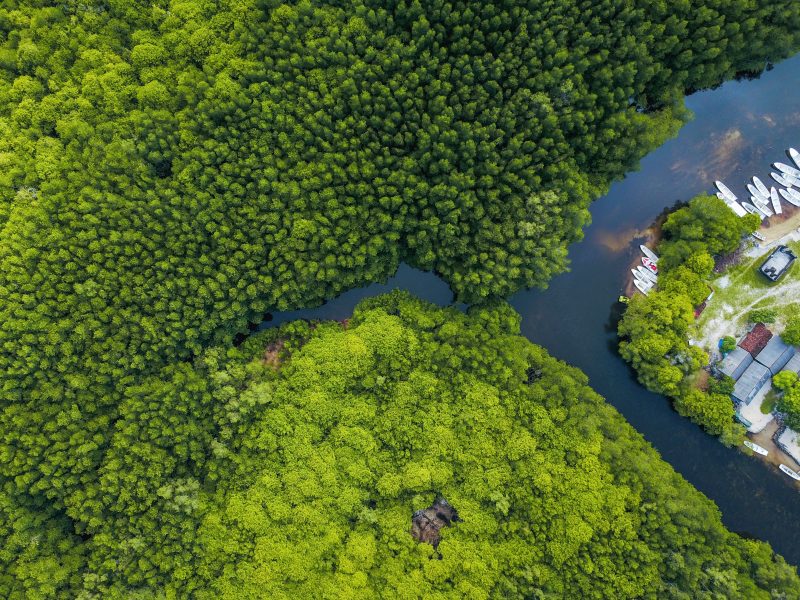
This is mainly through rural credit and subsidies under two specific programs: Pronaf 2, which finances family farmers, and the ABC Program (Low Carbon Agriculture) for productive no-till farming systems, recovery of degraded pastures, crop-livestock-forestry integration, and planted forests. Other minor expenditures were dedicated to developing the bioeconomy, connectivity (internet infrastructure), protection and promotion of indigenous peoples, and controlling and monitoring deforestation.
However, approximately 87% of the expenditures have negatively impacted natural capital, mainly through subsidies and credit facilities for the agricultural sector focused on commodities. Some argue that it is possible to increase agricultural productivity while still conserving forests. But so far, the evidence of increasing deforestation rates does not corroborate this, and agricultural activities are continuing to exert pressure on forests. Finally, around 3% of the resources do not have a defined impact yet, which depends on the projects they will finance.
Is a green recovery on the cards in the Amazon?
Considering the prospect of a green recovery in the Amazon, the study provides some recommendations. For instance, decision-makers could reduce the gap between the resources allocated to low carbon agriculture and to agribusiness, either through specific budget allocations to promote green activity in local public policies, or by establishing goals and minimum amounts in rural credits focusing on agroforestry systems, thus guaranteeing the reduction of environmental damage and strengthening food security.
A green recovery in the Brazilian Amazon can also be achieved through the strengthening and development of bioeconomy value chains. Nevertheless, investment to foster projects for the region is still very incipient and concentrated only in the Ministry of Agriculture, Livestock and Food Supply (MAPA).
The sector can occupy a strategic position as an intersectoral policy for the development of different supply chains. In practice, this would mean both increasing investment, and investing in research and innovation as to make bioeconomy business viable and reduce existing risks along the business chain.
Instruments like loans and subventions can and should be aimed at driving forward the most innovative solutions within a green economy. But decision-makers need to also ask how to structure budgets in order to achieve these goals.
The consensus calling for change
The Federal Government’s lack of initiative in announcing an action plan for the environmental agenda led the governments of states that comprise the Legal Amazon 3 to launch the Green Recovery Plan (PRV, in Portuguese) in July 2021, with guidelines to stopping deforestation, developing sustainable production, promoting green technology, and green infrastructure. Resources to implement planned actions are still required, however. In the immediate future, the plan has proposed a governance model for managing a fund of public and private backers and partners from Brazil and abroad.
The Amazon Bioeconomy HUB has been working to help governments recognize that investing in natural capital brings economic benefits, drives social inclusion, and delivers societal benefits. However, promoting this mission will require the Federal Government to play a fundamental role in providing a stable, consistent conduit for investment which ensures that regulation and innovation converge along a green trajectory that addresses the natural capital. COP-26 seems a natural opportunity for it – and the international commitments to tackling deforestation are an encouraging sign of progress.
- Carlos Rigolo and Marysol Goes, Amazon Bioeconomy Hub
Footnotes
These states are: Acre, Amazonas, Amapá, Mato Grosso, Maranhão, Pará, Rondônia, Roraima and Tocantins.
Pronaf (Programa Nacional de Fortalecimento da Agricultura Familiar, in Portuguese) was created by the Brazilian Development Bank (BNDES).
The Legal Amazon corresponds to the area under the responsibility of the Superintendence of the Amazon Development (SUDAM, in Portuguese) is formed by the states of Acre, Amapá, Amazonas, Pará, Rondônia, Roraima, Tocantins, Mato Grosso, and by the municipalities of the state of Maranhão located west of the 44th meridian.
